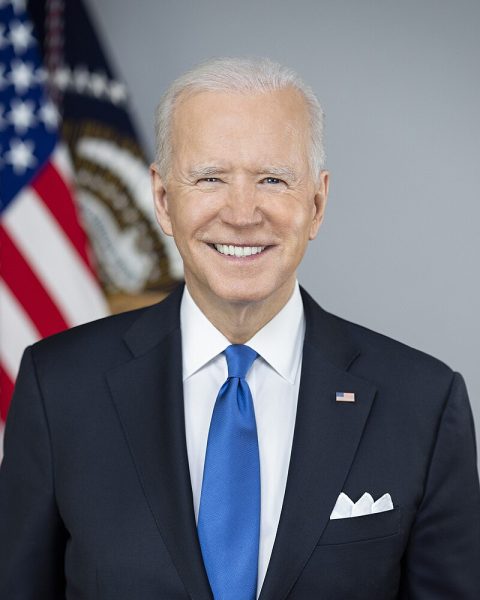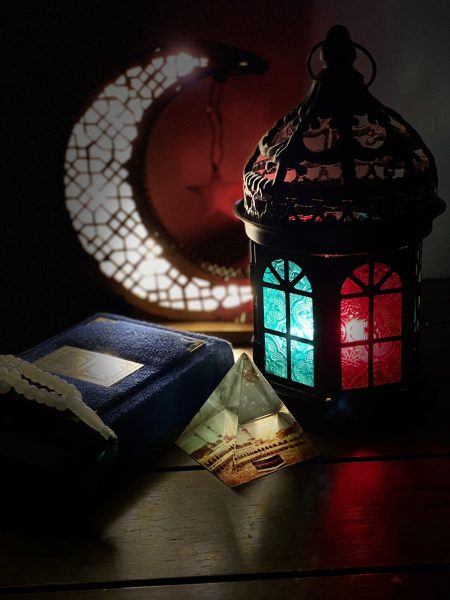Homicide rates rise for trans women
On Oct. 15, transgender woman Zella Ziona was shot and killed in Montgomery Village, Maryland.
Since the start of 2015, 21 transgender women have been the victims of homicide. This is already significantly more than last year’s 14 homicides.
“People don’t just end up dead,” said LGTBQQA Coordinator Parker Hurley. “Even though there is an increased visibility within mainstream media of trans women, that visibility has not been met with change in policy or increase access to education, housing and healthcare. We have not made it more possible for trans women to survive”
According to a 6,450-person study conducted by the National LGBTQ Task Force entitled “Injustice at Every Turn,” transgender individuals often live in extreme poverty and, compared to the general population, are four times more likely to make less than $10,000 per year.
This study also highlights that people of color were generally worse off than white respondents in every area of the study.
For example, out of the 21 transgender women killed this year so far, the overwhelming majority were low-income women of color.
“There is something to say about increased visibility,” said Hurley. “It makes people more susceptible. There is almost always a backlash … and, unfortunately, those most marginalized pay the cost.”
With transgender celebrities such as Laverne Cox, Janet Mock and Caitlyn Jenner as prominent in the media as they are now, transgender identity has indeed started becoming more visible.
“Ever since Laverne (Cox) graced the cover of TIME magazine when she pointed out that it was the tipping point for transgender individuals, we have been in the aftermath of figuring out how trans individuals fit into society,” said Eric Kelley, junior and leader of IdentiT, a new transgender student organization at Guilford.
In this aftermath, many consider media coverage of transgender individuals scarce and what little coverage of there is often misgenders trans individuals and sensationalizes their deaths, exacerbating these issues.
“The media doesn’t even report that they are trans women,” said Kelley. “It often uses their birth names, if they are even reported on at all. Just being able to say their names and that they were real people is something that not a lot of media coverage is doing.”
Many feel that the first step in understanding and working towards a solution to these numerous and complicated issues lies in open discussion.
“Not making space for more complicated narratives around gender identity and gender expression is dangerous,” said Hurley. “(It) definitely lends itself to the perpetuation of violence against trans women and trans women of color.”
Within our own community, the Multicultural Education department, Guilford PRIDE and other student organizations are working to start these conversations.
“The Multicultural Education department hosts a lot of events related to racism and discrimination and there are a lot of liberation spaces where you can learn about different types of people,” said Terry Daniels, first-year and a student leader of Queer People of Color. “No one attends them.”
In order for there to be any positive change, these issues must first be addressed and individuals need to be educated on them.
“We have to think about not only providing space for trans people, trans people of color in particular, but also about how our institution can be accountable and center the lived experiences and leadership of trans people of color,” said Hurley.






Carl Dixon • Oct 31, 2015 at 1:00 pm
I do believe that if a transgender “woman” were to disclose this information within the first few minutes of the conversation with the intended love interest and fully explain what it means… It would have saved their lives. It’s like being a virgin and having unprotected sex for the first time with someone who knows they have HIV, and tells you after they get what they want.